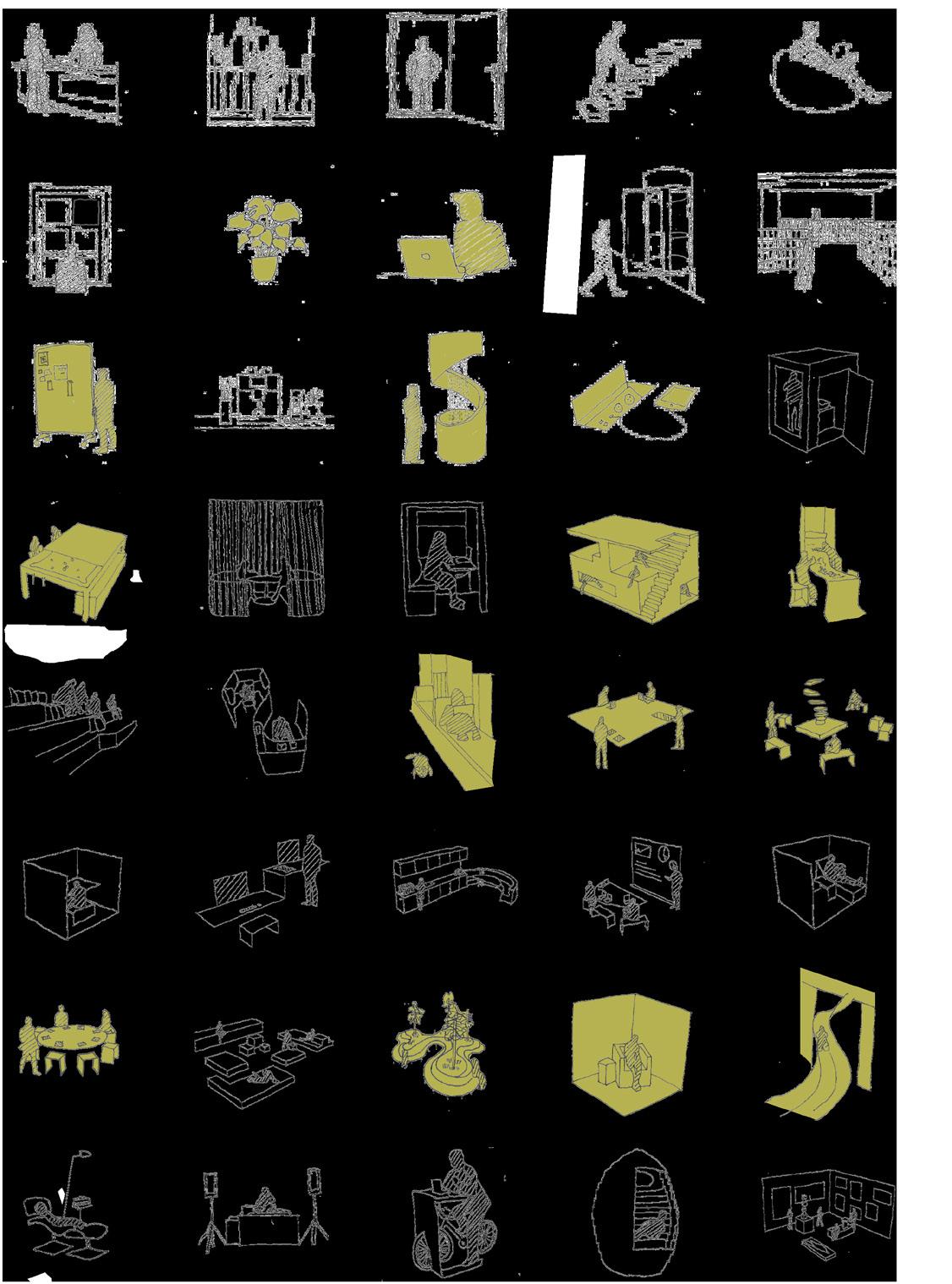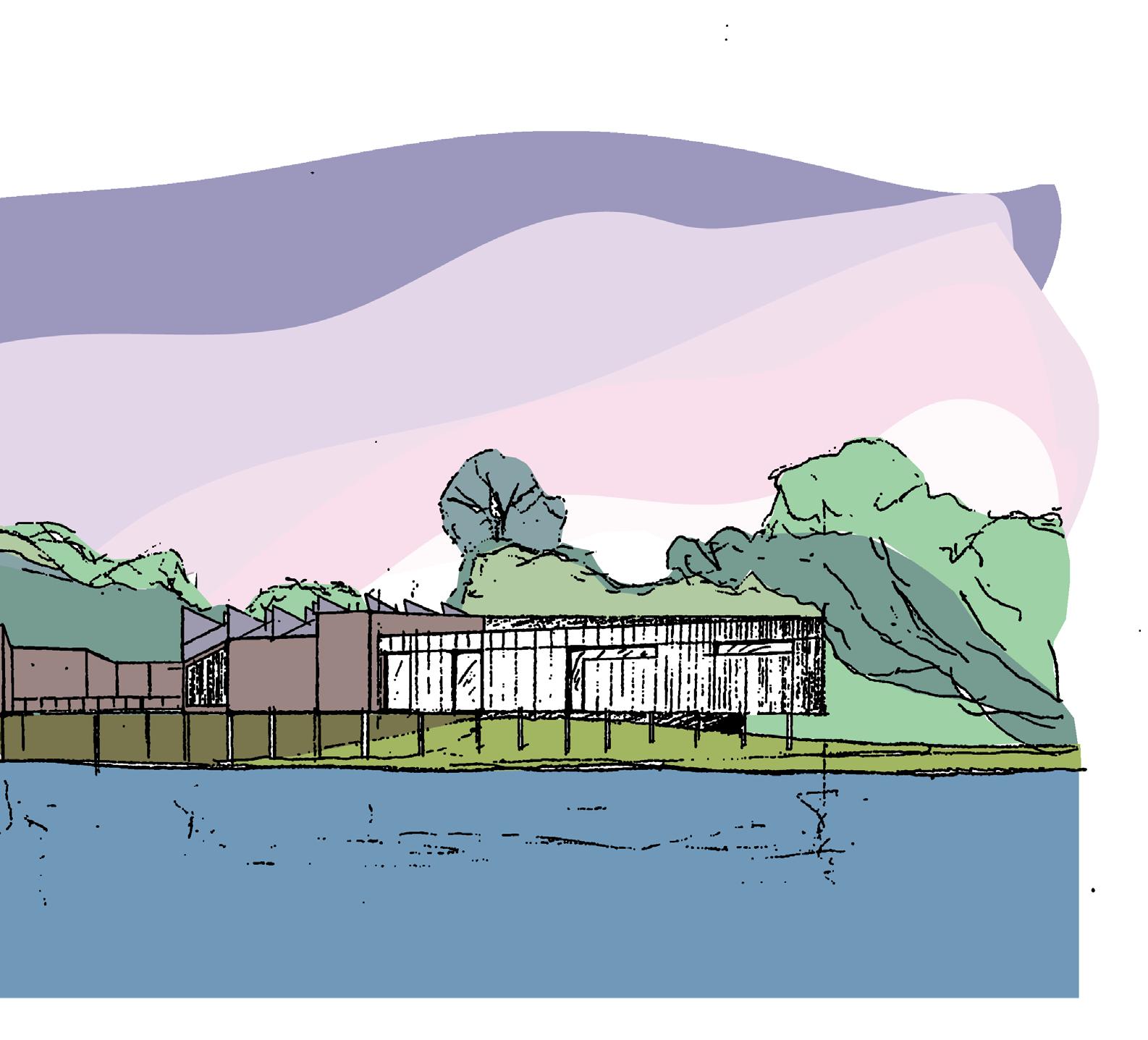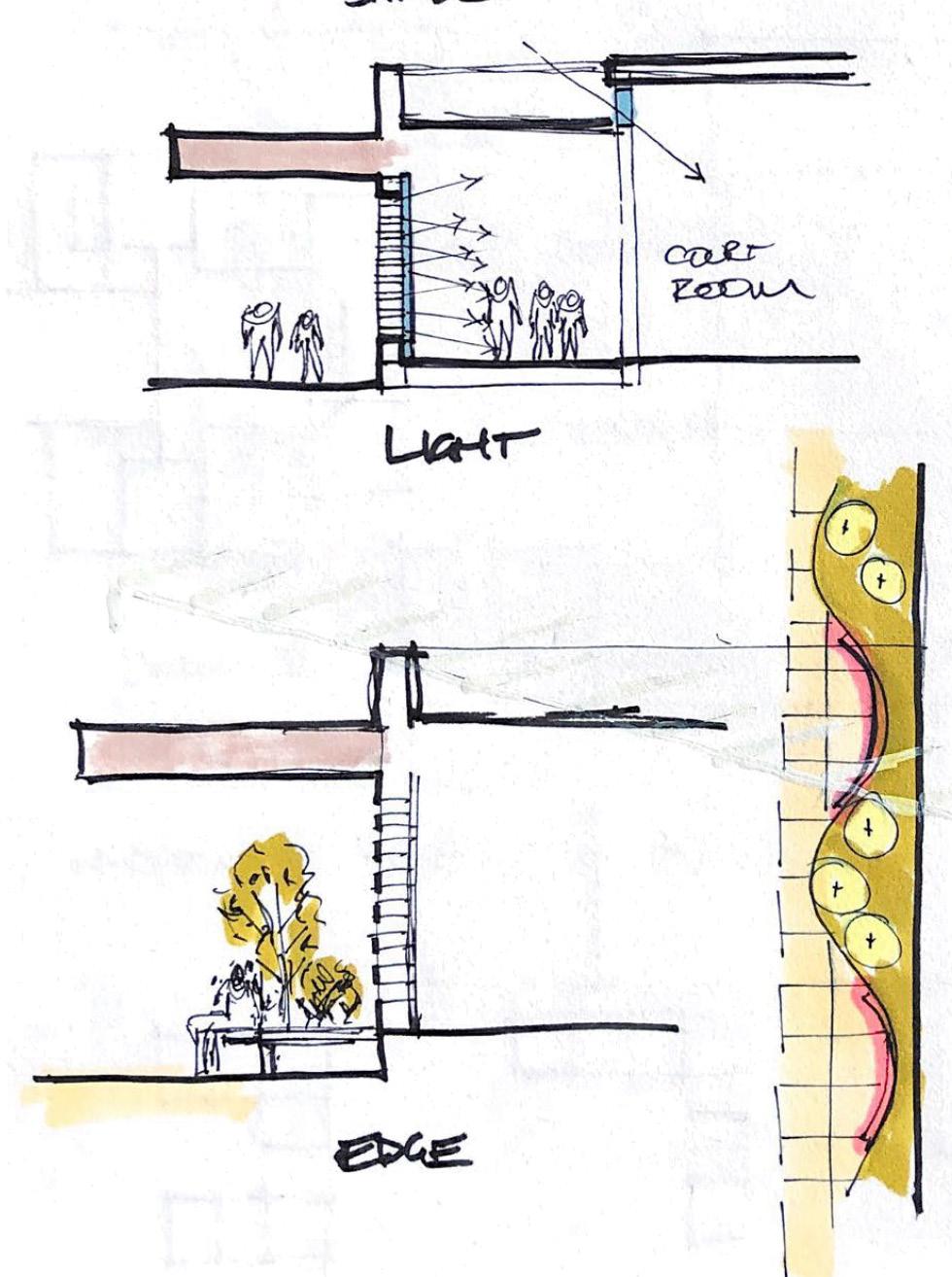
2 minute read
THE WAY WE DESIGN
from Dialogic 2022
by NBRS
Scanning through the pages of the 2022 Dialogic publication expresses our drive to impact the wellbeing of society through design.
The pages are rich in design sketches and ideas that respond contextually and proactively to solving problems and elevating design to new levels.
Advertisement

The designs are cross studio works representing Architecture, Landscape Architecture, Interior Design, and Heritage projects. Many of the projects are multi disciplinary, weaving together our 360 degree design platform.

Our designs support the wellbeing of community. In 2022 we witnessed a desire to reconnect, to come together to ensure our society supports and strives for a greater good.
NBRS plays such an important role as we partner with clients to improve and create wellbeing for education, community, health, and secure spaces initiatives.
All projects come with a unique cultural heritage. Our design response needs to understand and respect country and place.
2022 saw NBRS take appropriate steps through the commencement of our own Reflect RAP process. We are on a journey of reconciliation and respectful acknowledgement. Equally we acknowledge our clients come with their own cultural heritage which requires study and respect. Discovering this multi layered cultural heritage creates a deeper understanding of place and client. Our designs within DIALOGIC reflect this idea. It is a design posture of being in balance with the people, communities, and places with serve.
Equally our approach to sustainability will create greater wellbeing through the connection of People+Planet. Once again living in balance with the environment creates enumerable benefits for the socially focused NBRS projects. If we can improve the wellbeing and experience of a student, a patron, a patient, or an inmate we have achieved much through architecture and design. It is exciting that NBRS can have such an impact.
During 2022 we took time to study Stephen Kellert’s (Biophilia, Biophilic Design, and Healing 2013) 6 elements of Biophilia:
• Environmental Features,
• Light and Space,
• Place – based relationships,
• Natural shapes and forms,

• Natural patterns and processes,

• Evolved human nature relationships.
Many of these feature in NBRS designs in an intuitive way and the words of Stephen Kellert resonate with our design approach to improve the wellbeing of the individual and society:
The values of Biophilia…require that we seek to harmonise nature with humanity if we are to achieve a just secure, sustainable, fulfilling, and loving future. -

Stephen Kellert
Andrew Duffin Director of Design
Big Idea
A concise theme which centres the creative process and sets the tone and texture of design decisions.
Jenolan Caves House
Beaudesert Courthouse
Marsden Park and Melonba Public School
Rydalmere Educational Campus
Prison Concept
One School Global
There are significant opportunities presented by Jenolan Caves House to enhance the visitor experience of a key built heritage attraction within the Karst Conservation Reserve. Jenolan Caves House has the potential to offer a sense of delight and excitement at the beginning of the journey and deliver comfort and satisfaction at the end.

The presence of a courthouses within the urban fabric is reflected within the civil function of the architecture. The building draws upon this idea of presence whilst responding to planning control, Queensland Design Strategies and general ESD initiatives. This provided the premise for the four foundation design elements, form, shade, light and edge.








